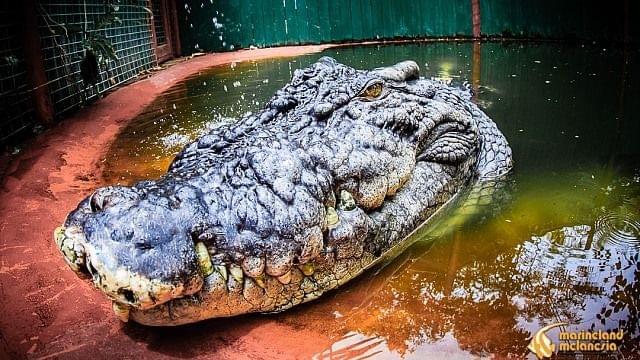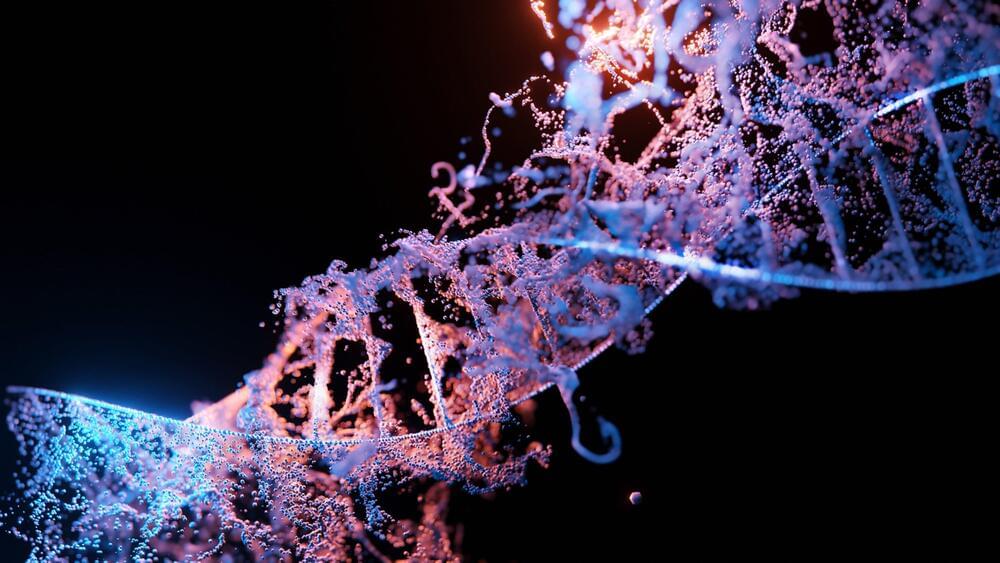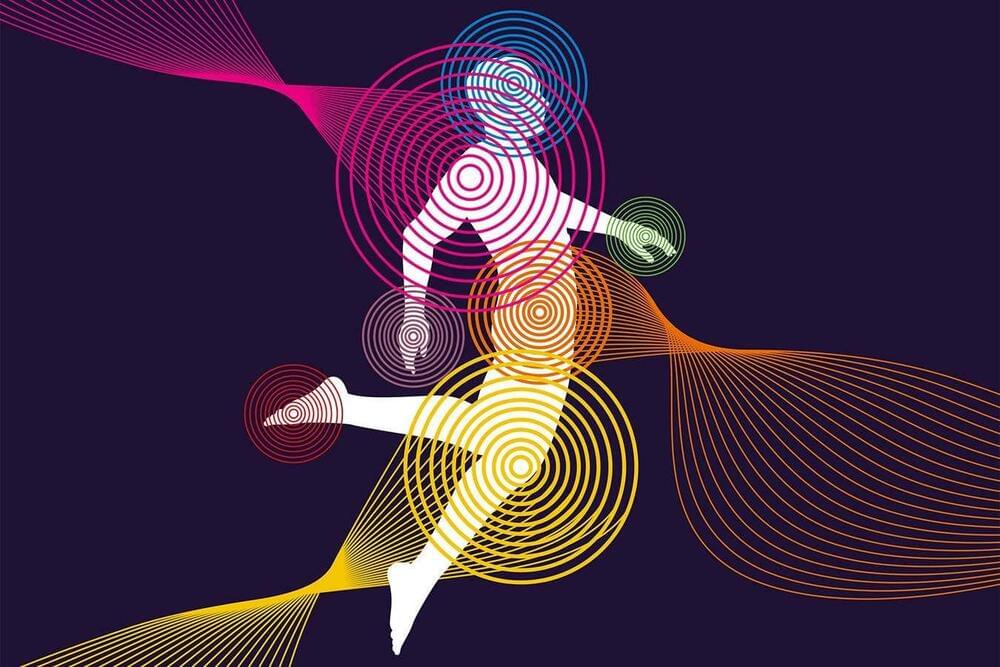The future of clippy and toy makers is promising 👌 😀 😄.
As Microsoft eagerly adds Chat-GPT to Bing, Word, Edge, and dozens of other products, I can’t help myself from thinking of Clippy. The old assistant could be seen as a precursor to modern, collaborative AI. Clearly, someone else had the same thought, but they actually did something with it.
Roboticist David Packman created an animatronic Clippy that answers voice prompts using Chat-GPT. Like a Alexa or Siri, it listens for a wake word (“Hey, Clippy”) and responds accordingly. Voice prompts and Clippy’s responses are processed through Azure Speech Services, and the whole thing runs on a Raspberry Pi computer.






